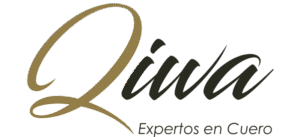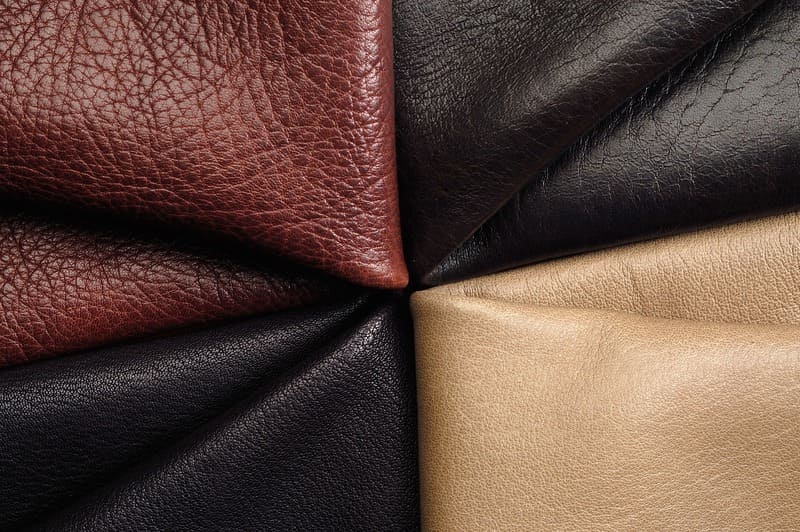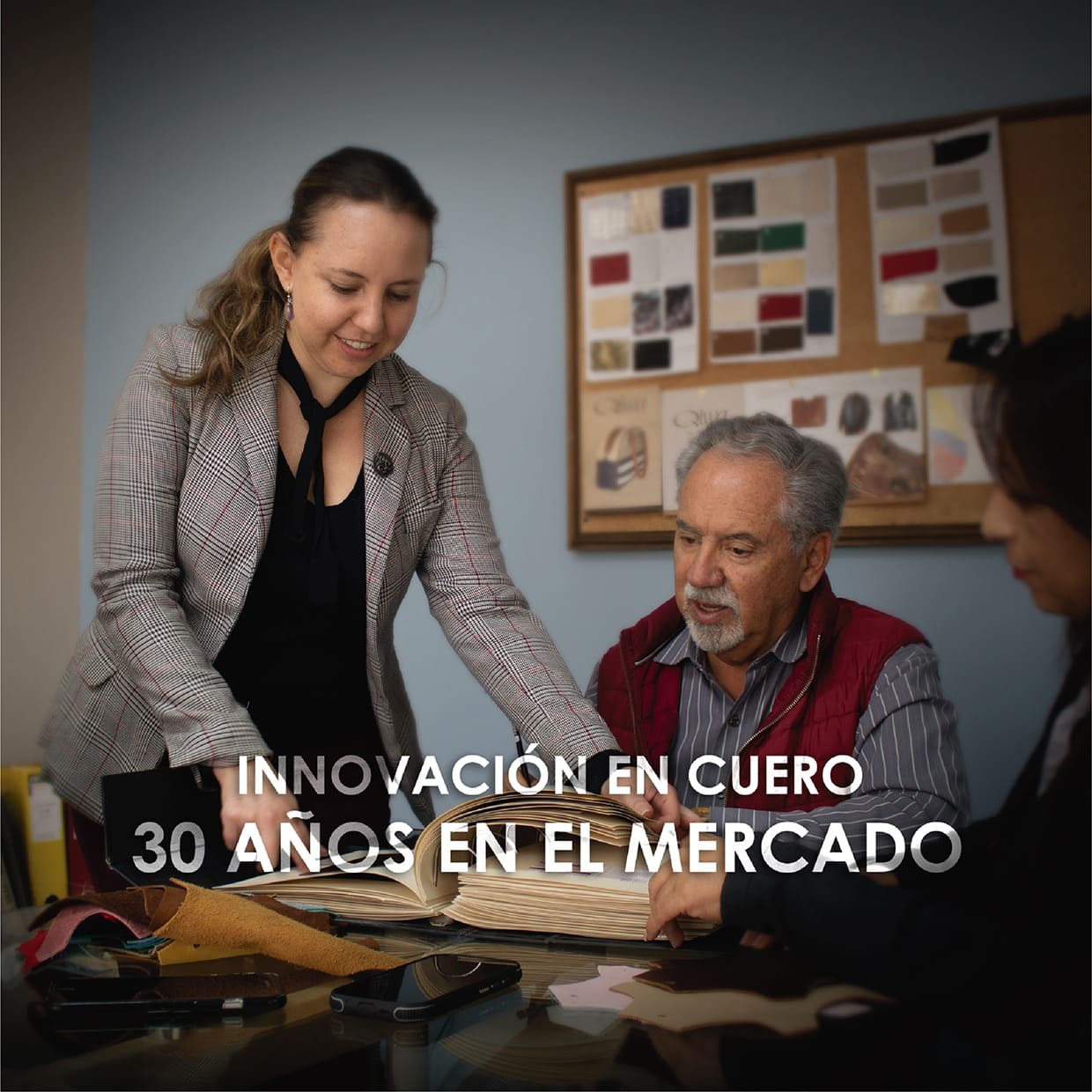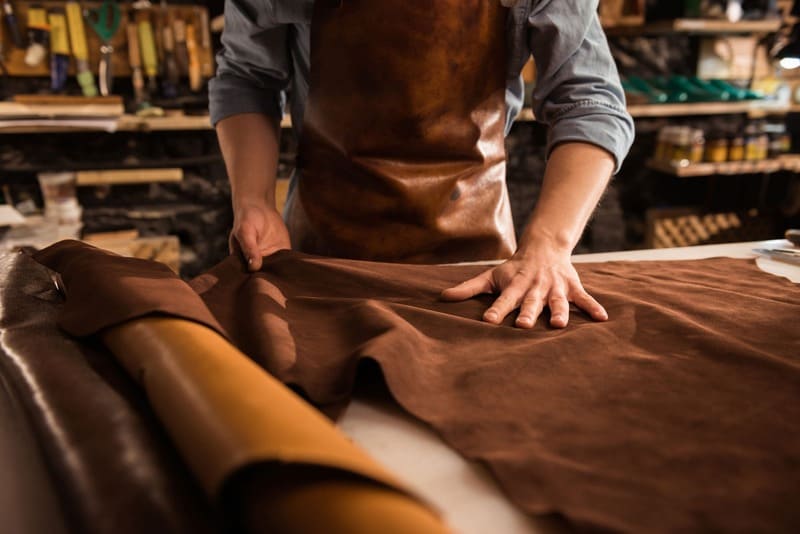
As we all know, Qiwa has been a benchmark in the production of leather goods in both the country and the city of Cuenca. With more than 30 years of experience in the leather goods market, Qiwa has many stories to tell. It’s fascinating to imagine everything that must have happened in its hallways, warehouses, and production areas.
This time, however, we’ll focus on things you may not know: anecdotes and a few fun facts about Qiwa and the world of leather.
All of this, with insights from Eng. Juan Malo, the head of the organization.
1. A dream, an idea, a great brand…
As we know, great brands don’t simply appear out of nowhere — they are born from a story.

In Qiwa’s case, its origins come from the experience of its founder, who started out working in the renowned Cuenca tannery Renaciente. To understand how it all began, we need to go back to the time when Eng. Juan Malo was still a student:
“When I was at university, my professor was Frank Tosi, owner of the Renaciente Tannery. He organized a contest among his students, the prize being the chance to become Sales Manager at the tannery. I took part with some friends, and I was lucky enough to win. That’s how I became Sales Manager at Renaciente for many years. At first, I thought I would only stay for a short time, since I was more inclined toward the real estate sector. But I started to discover the magic of leather.”
“What caught my attention most was the incredible versatility of leather — it has so many uses. The leather industry is huge. Years later, when we defined the concept of the leather cluster, which involves all the links in the production chain, we discovered that around 500,000 people in the country were working in this field. And since leather is a by-product of livestock, that industry alone employed over 200,000 people. When you understand the scope of production and the business behind it, you realize the enormous potential. Personally, I never wanted to leave the sector — I loved it, and that’s why we decided to start a business in leather.”
Later, after 10 years at Renaciente, Eng. Juan Malo founded Curtesa, which began operations on January 2, 1985. Today, its main activity is the wholesale of hides and leather, although at first, the company focused on exports.
Curtesa soon became a benchmark in leather exports, supplying markets such as Venezuela and Central America, with the long-term vision of going beyond national borders.
And so, between student competitions, international challenges, and a passion for leather, Curtesa was born — and eventually, its successor, Qiwa.
2. The leather wars
This might not be news to you, but there has always been an ongoing debate: Which is better — genuine leather or synthetic?
For a long time, people didn’t fully understand why real leather was always the preferred material for long-lasting, quality products. Historically, the answer lies in the fact that leatherwork was one of the first activities developed by humans, who needed durable materials to cover and protect themselves.
Later, with advances in technology and chemistry, polymers gave way to synthetic leather — which can also achieve impressive levels of quality and durability.

From then on, a rivalry emerged between advocates of real leather and synthetic alternatives. As Eng. Juan Malo recalls:
“I remember that at the tannery where I worked, whenever a sales agent came in with a synthetic leather sample case, the production manager would resist trusting the quality of the material — it really wasn’t to his liking. However, things have changed. Today, there are excellent synthetics, but the higher the quality, the higher the cost — which often equals the price of real leather.”
In the end, it’s often a matter of tradition, taste, and budget — but it’s interesting to know that this debate has been around for decades, isn’t it?
3. What have been the company’s most significant achievements?

Over the years, Qiwa has achieved important milestones thanks to the conviction and commitment of its stakeholders. Some of the most significant include:
Specialization of the leather sector (2000–2005). Through the Leather Cluster initiative, supported by non-reimbursable funds from CAF, BID, USAID, the United Nations, and other entities, Qiwa and many companies in the leather industry were able to strengthen and modernize their operations.
A production challenge with the U.S. market. An American buyer once requested 700 jackets per month — over 12 times Qiwa’s usual production volume. Thanks to financing from the above-mentioned organizations, Qiwa was able to scale operations, reaching over 3,500 monthly pieces and later securing contracts for more than 10,000 biker bags per month for the U.S. market.
Strategic alliances. To meet growing demand, Qiwa built partnerships with other companies, strengthening supply chains, and reinforcing its presence both nationally and internationally.
4. What is the leather cluster?

The word “cluster” refers to the interconnected work that takes place within a specific production chain.
In the case of leather, the chain begins with livestock — since leather is a by-product of cattle — and extends through chemistry, tanning, design, and production, until it becomes a finished product such as a handbag, jacket, or pair of shoes. These products then reach retailers or wholesalers, completing the cycle.
Thanks to the effort and collaboration of Eng. Juan Malo and his colleagues, the leather cluster in Azuay was consolidated, bringing many benefits to artisans and producers in the region.
We hope you enjoyed reading this blog as much as we enjoyed writing it. More importantly, we hope it helped you learn a little more about Qiwa and the stories behind our brand.